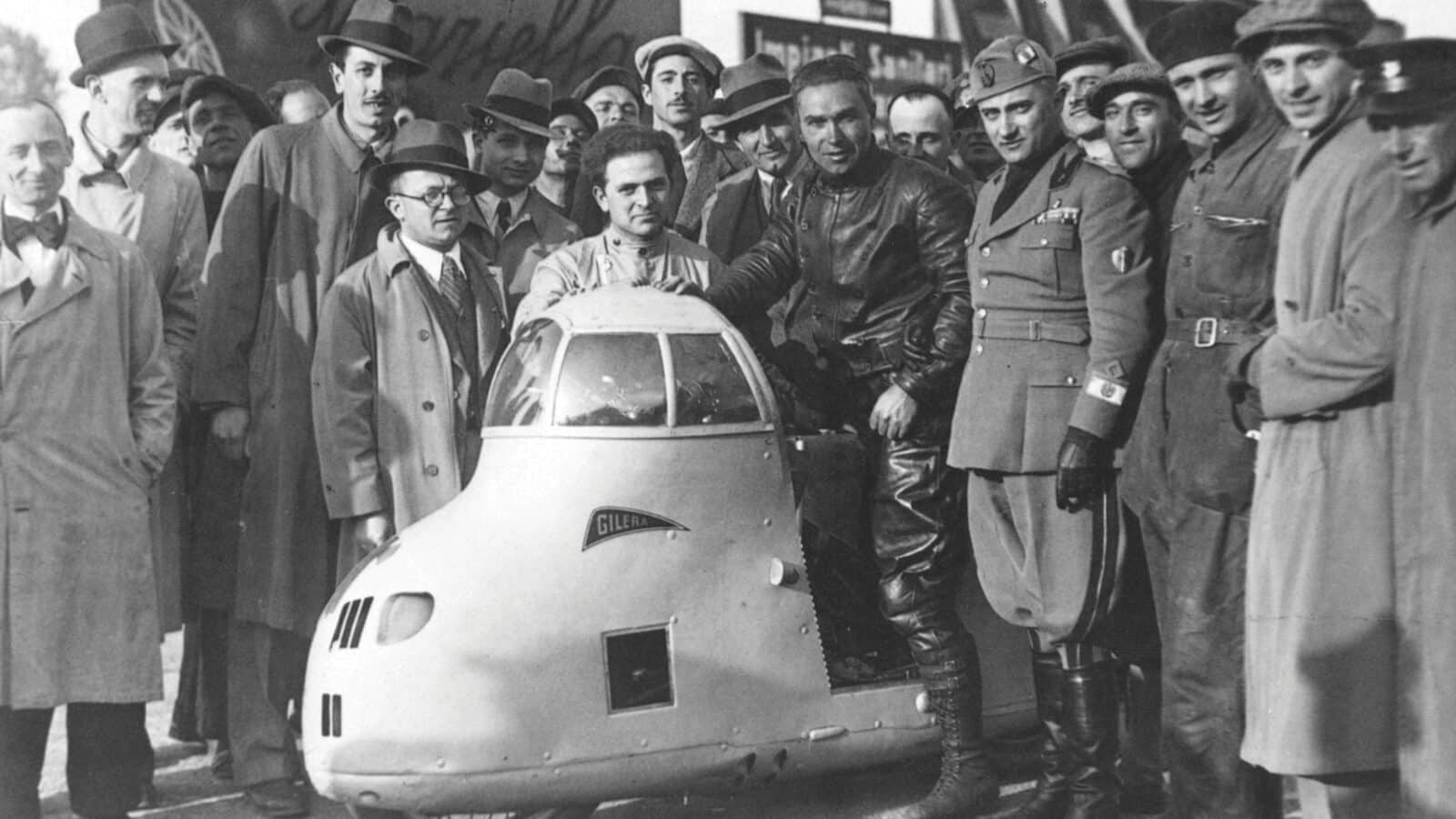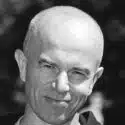Mat Oxley: Why motorcycling came first for Piero Taruffi
Piero Taruffi is best known for his drives in 1950s F1 and sports cars but his love of speed started on two wheels

October 1937 – Piero Taruffi had edged the motorcycle land speed record with the Rondine
Archive Herl
Piero Taruffi scored his most famous successes on four wheels. In May 1952 he became the third driver to win a Formula 1 grand prix with Ferrari and five years later he won the last Mille Miglia, also with Ferrari. However, Taruffi scored his greatest successes on two wheels. In 1932 the Italian rider, driver, engineer and team manager won the 500cc European championship on a Norton, in 1937 he established a new motorcycle land speed record with Gilera and in the 1950s he managed Gilera’s grand prix team, which took Geoff Duke to a hat-trick of 500cc world titles.
Taruffi’s father was a wealthy Roman surgeon who bought him a 350cc AJS for passing his school exams. In 1928 he won his first big race, the Rome Grand Prix, around the city’s Three Fountains street circuit, which he knew perfectly because he rode most of it each day on his way to university, where he studied engineering. Taruffi and his Norton took victory ahead of Bianchi riders Tazio Nuvolari and Achille Varzi.
“The riders lined up in rows, all the best riders of the day,” he wrote in his excellent autobiography Works Driver. “Varzi in beautiful check plus-fours and brown suede jacket, Nuvolari in a pale blue jersey, hanging out from a sleeveless jacket. He had a spare chain around his neck and a leather toolbag at his waste, with chain-changing implements, plug-spanner and the like.”
Three years later Taruffi dominated the 500cc grand prix at Monza, his Norton fitted with rudimentary aerodynamic devices. Enzo Ferrari liked what he saw and asked the youngster to race his Alfa Romeo cars. During Taruffi’s weekends off he continued to race his Norton, making the mistake of beating Giordano Aldrighetti, the number-one rider in Ferrari’s motorcycle team. Taruffi and Ferrari fell out.
Taruffi dedicated much of the next two decades of his life to a motorcycle powered by the world’s first transverse-mounted inline-four, the start of the configuration that is still popular today. This engine project went through several different owners before it was bought by Giuseppe Gilera, founder of the eponymous marque. Taruffi was Gilera’s rider and development engineer, brilliantly combining riding skill with engineering know-how.
“Enzo Ferrari liked what he saw and asked the youngster to race his Alfa cars”
Signor Gilera took the project much more seriously than its previous owners. The supercharged engine was improved, the chassis redesigned and new aerodynamics created by aircraft manufacturer Caproni, which was busy at the time building bombers for Mussolini’s invasion of North Africa.
Taruffi rode the Rondine (named in honour of the plane that had accompanied Mussolini’s March on Rome) to race victories from Italy to Tripoli, then switched his focus to that 1930s obsession: land speed records.
The Rondine’s first aluminium streamliner featured a large dorsal fin, plexiglass cockpit bubble and hinged doors; basically a plane without wings. Taruffi tested the bike on open roads, surviving several near misses with horses and carts, donkeys and dawdling car drivers, so a rider-shaped hole was cut out of the streamliner to give him better control.
Gilera’s first crack at the outright record took place on a closed section of the Bergamo-Brescia autostrada in October 1937. Taruffi undertook his first run soon after dawn, but he struggled to maintain full throttle when a nasty wobble set in at 160mph. Finally he managed a two-way run at 170.27mph, beating the old record, held by Briton Eric Crudgington Fernihough, by 0.49mph.
“The last kilometre of the run-in and the timed strip itself were the most critical,” wrote Taruffi. “With 500yd to go I had 9900rpm and entered the measured distance showing 10,000. The exhaust note and the whistling of the blower drive-gears blended into a single scream.
“The air inside my bubble was calm. I gripped the tank tightly with my knees and pressed my elbows down on them, so that all my limbs were firmly locked, ready to react to the first sign of a wobble… 10,200… The shadows of the timekeepers at mid-distance appeared and were gone. The road became empty again… 10,250… the finish was coming up. The handlebars started to shake.
“I braced my knees lest the slightest movement here should impart larger, uncontrollable tremors to the whole mass of the machine. The forces against me were tremendous. No sooner had I mastered the swerve in one direction than the bike would head off in another; but I must not, on any account, let up. And I didn’t.”
Taruffi spent the Second World War working in the Italian army’s supply division. Afterwards he juggled his Gilera duties with Ferrari outings.
“Taruffi was the most outstanding combination of team manager and engineer I have ever worked with,” said Duke. “Here was a man, immediately friendly and appreciative, with whom one could discuss – and argue – the relative pros and cons of a machine. As a result, by 1954, the 500 Gilera was transformed from a quick but almost unmanageable device into a world beater.”

